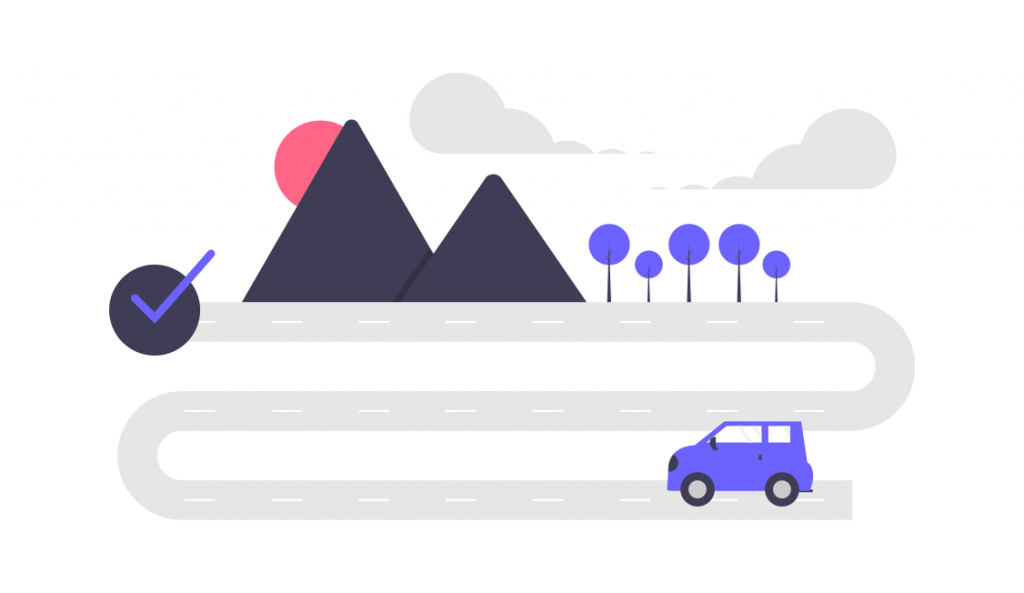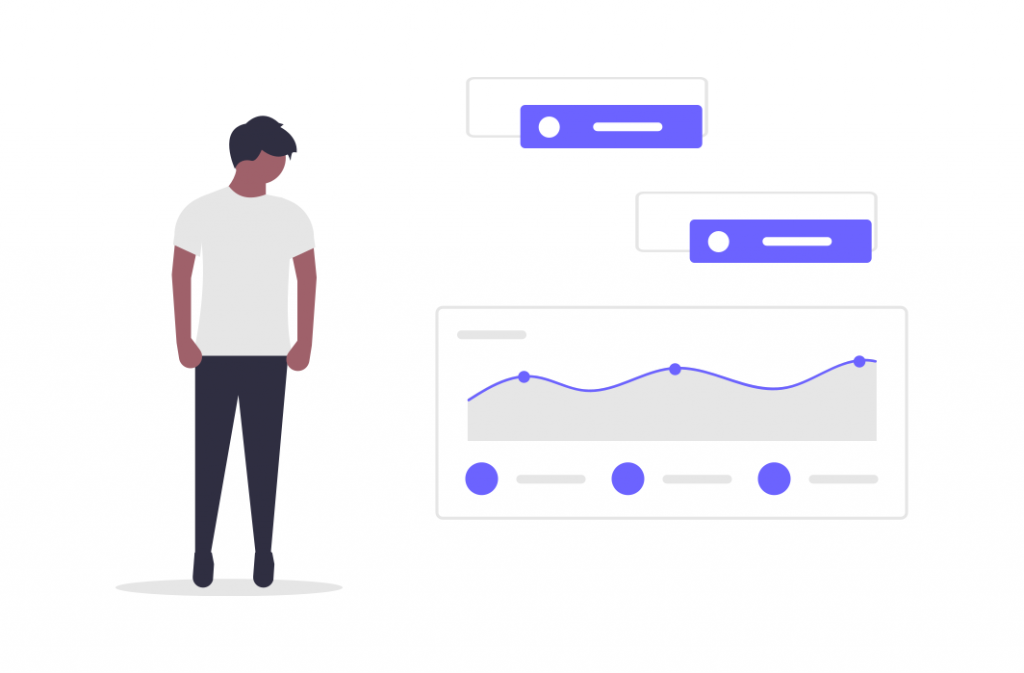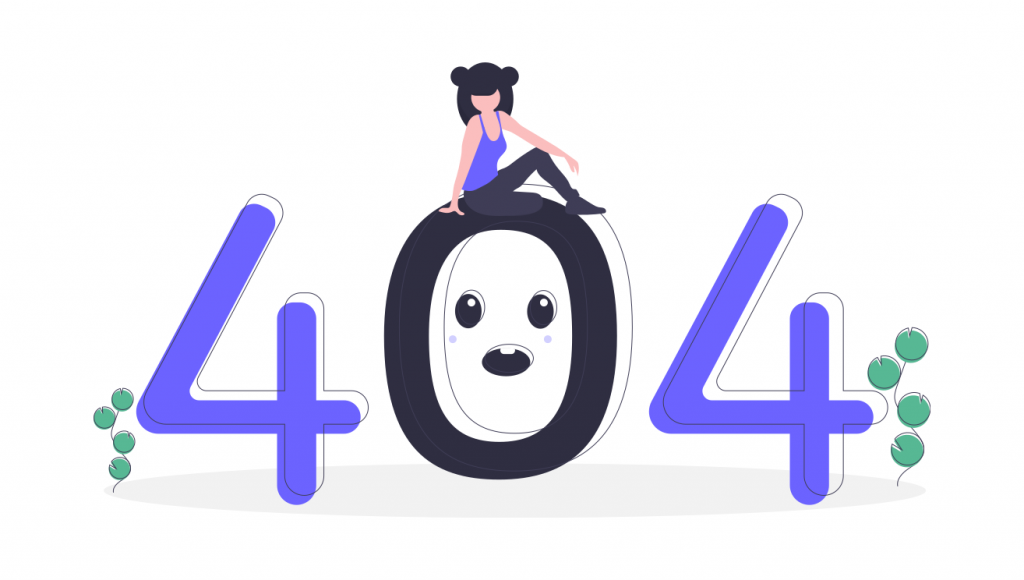Complexity: Entry Level
This article is ideal for: In-house digital marketers, agency SEOs and anyone wanting to understanding the more technical aspects of their website.
Technical SEO encompasses a range of backend activities, focusing on the optimisation of websites and servers, all with the aim of improving a website’s search visibility. Sounds complicated, doesn’t it? Well, that is true to a certain extent, but that doesn’t mean that you need a degree in web development or search engine optimisation (SEO) to understand how it works and why it is important.
We believe that anyone can understand technical SEO if they want to and we’re here to help. Below, we’ve taken a look at the key aspects of technical SEO to give you a better understanding of why optimising each is valuable to your website and your business.
Technical SEO Explained

If you have a little understanding of SEO, you’ve probably heard about SEO in terms of copy, the articles or blogs on a website and the words you use on the page to explain your products and services. You might have learned about keywords and the importance of headings, all the things you can see when you look at any website. This is also known as the “front end” of a website, and it is easier for most people to understand than technical SEO, though it is no more or less important.
Technical SEO is often offered as part of a larger SEO or Digital Marketing Campaign. It is often associated with the code or “back end” of a website, meaning the parts of a website that your customers and most users don’t see – but which you might have accidentally stumbled upon and thought you’d viewed the Matrix! You can take a look at what we mean by right clicking and choosing View Source from the pop up menu.
So, what specifically does technical SEO include? What parts of the back end will a digital marketing person or developer be looking to optimise?
Domains
A domain, or website domain, is the specific designation of your website. For our website, the domain is https://securesite.io/. This can be preceded by a www or not – ours doesn’t. Every page on your website lives under your domain, for example our blog, called guidesblog /blog ,is a page on our domain so it appears as: https://securesite.io/guides.
While the words or letters in your domain can have an impact on SEO, in terms of technical SEO, making it clear to Google what your preferred domain is, with or without the www, will help Google to know which is the right version of your website. Previously, this was achieved with a relatively small technical SEO task using Google Search Console (GSC). However, GSC dropped this function in 2019 and now the recommendation is to ensure your preferred domain is set using canonical tags and 301 redirects – more on this below!
Maximising Your Crawl Budget

Has someone ever spoken to you about website crawls or crawling your website? Crawling is really important for search engines as it gives them a view of your website, which users then see in search results.
Optimising your crawl can be hugely valuable, especially for large websites and ecommerce businesses, as you can make sure that Google and other search engines are looking at your most important pages regularly and ignoring those pages that you don’t want to target in search.
This part of technical SEO is important because when you make changes to your website, whether it’s adding new products, optimising your service pages or updating your contact information, you want Google to see these changes and make them visible to users as soon as possible.
There are three main areas where one can work to optimise crawling of a website, the sitemap, index and robots. All of these are useful in slightly different ways and fit together to cover all your technical SEO bases.
Sitemaps
A website’s sitemap includes a list of all of the URLs on a website – a list of every page on a website. A sitemap is used to inform search engines of each page’s URL, for example: [url of this blog]. Sitemaps are crawled and so can be used to tell search engines which pages are the most important, how they are grouped and other information that can help improve the technical SEO of a website.
Index
The index of a website is the result of a crawl by Google (or another search engine) and is essentially the view of the website which Google then presents to users. When you make changes to a website, whether it’s new images, a change of logo or removing a page, you have to wait for Google to index that change in order for all users to be able to see the change. Search engines will regularly crawl a website and this can flag errors and issues in the index.
Robots
The Robots, also known as the robots exclusion standard/protocol or robots.txt file, is a page on many websites, though one you are unlikely to come across when browsing. When a search engine crawls your website, it does so using the so-called robots. The robots file is a technical SEO way of telling those robots which pages to ignore, because they have no SEO value but are useful to users (such as a privacy policy).
Structured Data Markup
Structured data markup is a way of labelling the information on a website so that Google, and other search engines, can understand what it is about. For example, telling Google that ‘0203 488 4220’ is a telephone number and not a monetary amount or co-ordinates. It might seem obvious to us looking at it, but Google’s algorithm can’t necessarily tell the difference…yet.
Schema is one of the most popular and increasingly well known ways of implementing structured data markup. Structured data markup comes in a variety of schemas, each targeting a specific industry or type of website. You can get: news schema, local business schema, hospital schema, nutrition schema and so many more. It all involves adding code around the HTML of a website – labelling the building blocks of your site – which is why it is a technical SEO task. A developer or someone with a great understanding of coding needs to do correctly to get the benefits without breaking a website.
Structured data markup comes in a variety of schemas, each targeting a specific industry or type of website. You can get: news schema, local business schema, hospital schema, nutrition schema and so many more.
URL Optimisation

URL stands for Uniform Resource Locator, though you are unlikely to hear anyone referring to it as such. It is also commonly referred to as a web address. A URL is the specific, unique designation of a page.
URLs can get quite long, especially on websites that have a lot of pages like online shops and information sources such as Wikipedia. Not all of these URLs will look the same and there are components that make up a URL that change how a page looks. All of this comes under technical SEO and optimisation can range from simple changes to quite complex ones.
URLs & Site Structure
Site structure in relation to URLs and technical SEO is one of the easier to understand aspects. It comes down to thinking about the relationship between pages so that when search engines read the URL, it flows in a logical way and tells the search engine about the page and the pages related to it.
Here is an example: www.home-grown-plants.com. This is our fictional business, an online seller of plants to grow at home. They might then have sections of their site for seeds, which might be www.home-grown-plants.com/seeds, and then have a section for herbs, like basil, that you can purchase as seeds, www.home-grown-plants.com/seeds/herbs/basil. If you read the URL across you can see the relationship between each.
Not all websites are organised like this however, they might instead have URLs for basil like www.home-grown-plants.com/basil-herbs-seeds which might not be as good for SEO. It also might be harder to change that URL and still make the website work for users, and so would require a developer to make back end changes. Which is what makes it a technical SEO task.
Canonical URLs

A canonical URL in the simplest terms is a website’s way of telling a search engine what the preferred URL of a page is. You might be wondering why it would need to do that, seeing as you only have one URL. But, you can actually have a few different versions of the same page based on whether you are using www or not, are using HTTP or HTTPs or have a / at the end of each URL.
You won’t be able to spot the difference between these pages from the front end. Everything will look the same, all the images, copy and other features, because that same front end will be duplicated across multiple pages. What is shown in the back end, however, could confuse search engines. You want to have one URL and through technical SEO optimisation, a coder can make sure this happens by adding a canonical URL to each page of your website.
Canonical URLs are important for your content marketing too, not just from a technical SEO standpoint, as this stops Google from seeing two pages with similar URLs and the same copy as competing pages, and so ranks only one page.
404 Pages

If you have spent any time online then you’ll have come across a 404 page at one time or another, though you might not really have thought about why. 404 pages are there to show that a page is broken, been removed or actually never existed – if you mistype a URL. A developer can set a 404 up to appear whenever some tries to access a page that doesn’t exist, for whatever reason.
Optimised 404 Pages (For UX)
In general, 404 pages aren’t good, at least not from a user’s perspective, because it means they can’t get to the page or information that they wanted. This could cause them to leave your website, which would be bad for your business.
A 404 page can be more than a notification that a page isn’t available, instead it can be a helper who guides a user to another page on your website that might fulfill their needs. A good 404 page will guide the user to relevant pages on the website, based on where they were trying to go.
There are two things to consider with 404 pages. The first is that each domain, each website, has a 404 page set up so a user doesn’t think your website has disappeared or broken completely. Second, depending on what kind of website, the page is set up to give the user options, like returning to a menu or seeing a similar product/service.
HTTPS & SSL (Certificates)

Secure Sockets Layer (SSL) is a certificate that ensures the information passing through your website is more secure. You can see a website is secure by the padlock symbol that appears in the search bar before the URL. You can also tell a website has an SSL certificate if it is HTTPS instead of HTTP. For example, our domain URL is secure so it appears as: https://securesite.io/.
SSL has become increasingly important in technical SEO since 2014 when Google announced that security of a website was a ranking factor. This meant that websites that had an SSL certificate and so were HTTPS instead of HTTP, would be able to rank higher. A hosting company and developer can add an SSL certificate to a website, but this should be done carefully as add this to a website can negatively affect a website if not done properly.
Website Speed
Website speed is how fast the pages of your website loads. In terms of technical SEO, we are considering how the web page has been coded and what sort of content, be it lots of words or high quality images and videos, and how to make sure that they are able to load quickly. Users have short attention spans so very few will wait around for a website that loads slowly.
It’s important to remember that how fast the page appears on your screen will be affected by whether you are on a mobile phone using 3G or 4G, or if you are a desktop computer or tablet connected to Wifi. How fast your Wifi is will also affect load time. But if the website is built in a way that means it loads slowly, Google will notice, regardless of if a user has a good connection to the internet.
There are lots of ways in which a website’s speed can be improved, most of which involve looking at the way a web page loads on a website and making adjustments to suit how a search engine goes about loading it.
Mobile Friendliness

The number of mobile users has only increased in recent years in the UK. In some countries, mobile overtook desktop as early as 2016. As a result, a website’s mobile friendliness has become increasingly important.
Mobile friendliness, in technical SEO terms, can include a range of ways in which a website is set up to suit the screen size of a mobile phone – something that is increasingly delicate as there are more and more different screen sizes available.
Mobile & Responsive Websites
Two of the ways of improving mobile friendliness across the whole website is to either make a mobile version of a website or to make a website responsive. A mobile website will be built with a mobile screen in mind and so focuses on a design that works to that scale. Previously, most websites were built to a desktop screen size.
Making a website responsive is often favoured by businesses since it means they can have one website that works for both desktop and mobile. A responsive website is one where the information on the page shifts placement to suit the size and shape of the screen. You can see this on a desktop by shrinking and growing the window you are in. A responsive website will automatically change so you can still read the page. A non-responsive website will cut off parts of the page when you shrink the window.
As mobile continues to grow in popularity, the idea of mobile first has become more prevalent. This is the idea that a website is designed and built with a mobile screen in mind first, then that is adapted to desktop, instead of the other way around.
Accelerated Mobile Pages (AMP)
One way in which some websites look to improve their mobile visibility is by having AMP pages created. These are simplified, visually, versions of pages, often of articles. The aim is that the simplified version allows it to load quicker and to load less features, which can be seen as a benefit for mobile visibility in search.
However, since 2015 when AMP was launched, there have been numerous developments in page speed optimisation which has made it unnecessary for most websites, as they can achieve fast page speeds and low load times without creating a new, more basic version, of a web page.
Technical SEO Checklist

Coming soon!
By Nick Gomez
What To Read Next

Technical SEO is just one part of an SEO strategy and that is only part of a digital marketing strategy. If you want to gain a better understanding of how these elements fit together, why not check out our guide: What Is Digital Marketing? to learn more.
